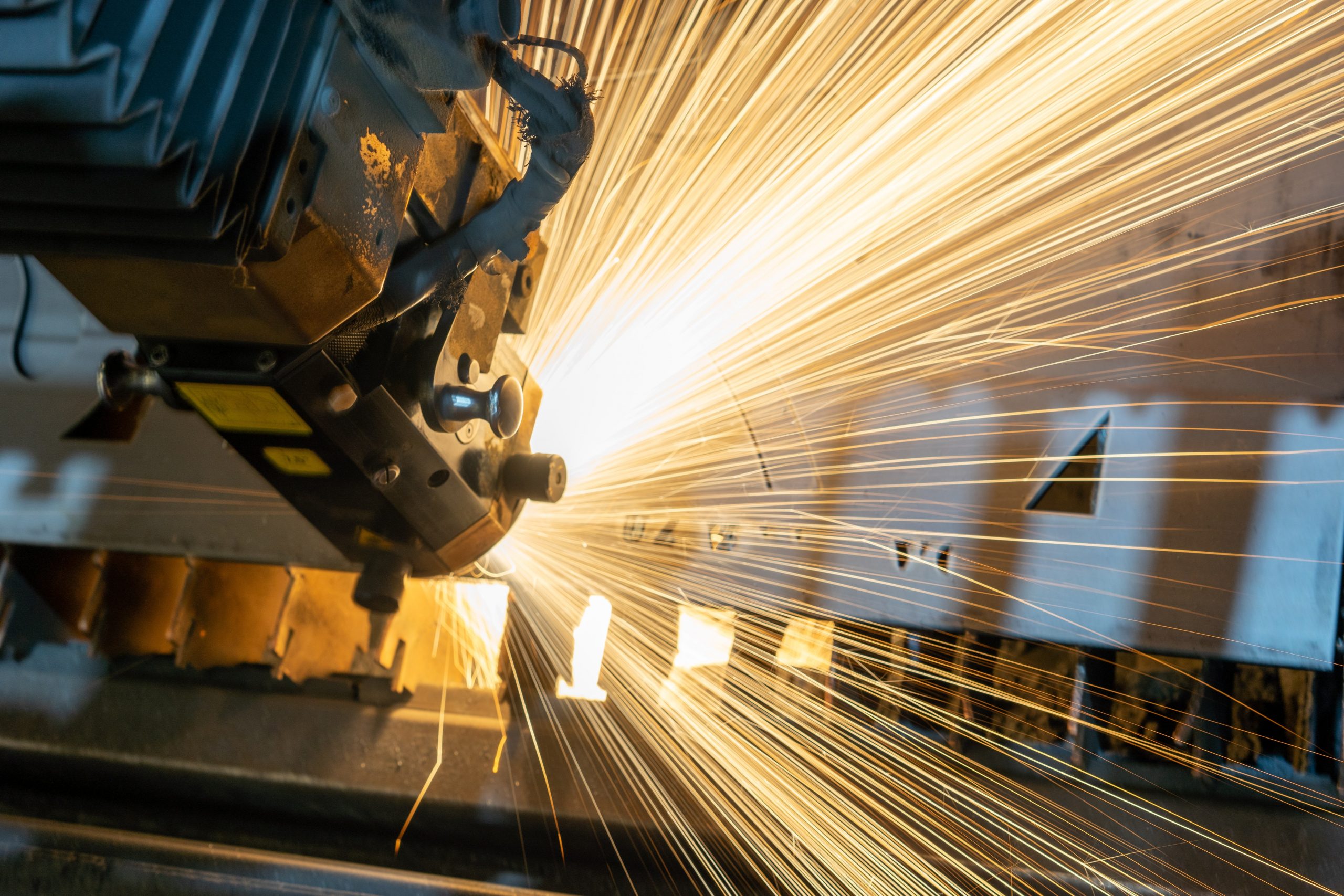A manufacturer’s loss of critical machinery can result in significant production downtime, damaged stock, lost income, and even job order cancellation. Today’s technologically advanced equipment tends to be sensitive and fragile and can easily sustain damage that causes disruption. As a result, the threat of breakdown is more prevalent today. Additionally, losses continue to rise as just-in-time manufacturing, the internet of things (IoT), and improved supply chain management become more popular.
Despite the expenses involved in equipment failure – from lost production hours, labor, parts, and sales – equipment maintenance in the production world is not always a top priority. Here we visit the benefits of keeping equipment running at optimal performance along with best practices manufacturers should have in place.
The Benefits of Keeping Equipment Properly Maintained
The root causes of component failures in industrial machinery include abrasion, corrosion, fatigue, boundary lubrication, deposition, erosion, cavitation, and electrical discharge. Manufacturers with a robust maintenance plan in place will avoid costly losses.
– Mitigate the financial fallout from equipment breakdown.
– Ensure equipment runs at peak performance and maximizes output and uptime.
– Extend equipment’s life span, prevent the risk of rework or scrap product caused by the
– production of out-of-spec material, and reduce the cost of purchasing new equipment.
– Avert unplanned downtime, which disrupts the manufacturing process and potentially involves extra expenses to meet deadlines.
– Maintain a smooth equipment operation to complete projects on time and within budget.
– Increase the equipment’s energy efficiency. Poorly maintained equipment will generally be costly, with marginal production or output and increased energy consumption.
– Spot problems before they escalate, resulting in expensive repairs and more extended downtime.
Best Practices for Equipment Maintenance
Following are best practices for equipment maintenance to share with your insureds.
– Schedule regular equipment maintenance, which includes servicing all machines and checking for potential issues.
– Use equipment management software to track service history and repair records and alert you when service is due.
– Clean and lubricate all equipment regularly to prevent the accumulation of dust and other particles that could cause issues down the road including a fire in the plant that could destroy the equipment, inventory, and the building itself.
– Inspect all machines regularly and immediately address any component that appears to be damaged by repairing or replacing it.
– Use a checklist to ensure all required items are reviewed and that issues are appropriately flagged.
Harnessing the Power of Data to Assess Machine Health
Many manufacturers use data analytics to improve equipment maintenance by identifying issues early and carrying out maintenance before a breakdown. Data analytics can also provide insight into which machines are being utilized more often and what equipment is sitting idle, which helps manufacturers to schedule maintenance and replace underutilized equipment. Data helps insureds identify trends and patterns, such as pinpointing what type of equipment is causing repeated problems and downtimes, so they can take actionable steps.
Equipment Breakdown insurance from Seneca Insurance Companies provides manufacturers with physical damage coverage, business income lost due to equipment failure, and coverage for additional expenses to limit equipment loss or expedite repairs. Coverage can be expanded to include air conditioning and refrigeration systems, telecommunications, security, and fire detection systems, diagnostic equipment, inventory control systems, fired water heaters, and boilers.

